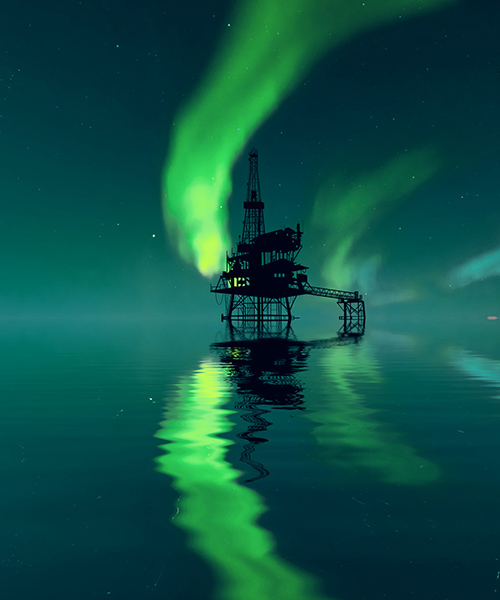February 07, 2018 • 2 min read
FEED and EPC services for ExxonMobil's Hebron platform
How we overcame the challenges of subarctic conditions
We demonstrated an unwavering commitment to safety and delivery excellence on the Hebron project.
Hebron is an offshore oil field estimated to contain more than 700 million barrels of recoverable reserves. It is located about 350 km southeast off the coast of St John’s, Newfoundland and Labrador. The Hebron field is being developed using a standalone gravity-based structure (GBS), which sits on the seabed, held down by the weight of the unit. The GBS supports an integrated topsides deck that includes a living quarters and facilities to perform drilling and production. The GBS is a reinforced concrete structure, 120 m in height, which can store up to 1.2 million barrels of oil, and the overall height totals 235 m with the topsides.

Customer challenge
The 47,000-tonne topsides was among the largest ever constructed and was built to withstand extreme meteorological and oceanographic conditions of the offshore area. The construction phase required one of the largest floatovers ever undertaken.
Our solution
Designing large integrated topsides for subarctic conditions requires advanced analytical tools and procedures to ensure flawless execution. We provided front-end engineering design (FEED) as well as engineering procurement and construction (EPC) work for the Hebron platform topsides, and FEED was completed in 2011 and construction commissioning was completed in 2017.
In addition to using local companies and the St John’s office, the project took advantage of our global connections and involved the Houston and Perth offices, supported by our Global Delivery Center in Beijing. The topsides equipment and bulks were placed with vendors in 25 different countries and major fabrication contracts were placed with Hyundai Heavy Industries in South Korea, Kiewit Offshore Services, and NEAL in Newfoundland and Labrador.
Value delivered
Our commitment to world-class safety was highlighted by more than 25 million work-hours without lost time incident. We were also committed to providing opportunities for companies based in Newfoundland and Labrador to participate in the supply of goods and services as well as providing local opportunities and encouraging a diverse and inclusive workforce.
Statistic Cards
barrels of recoverable reserves
work hours without lost time incident
tonne topsides



